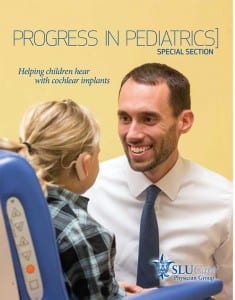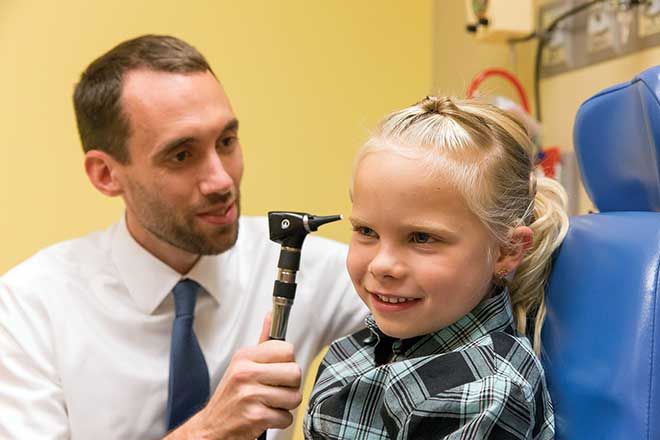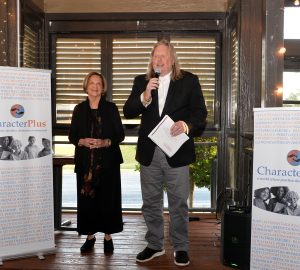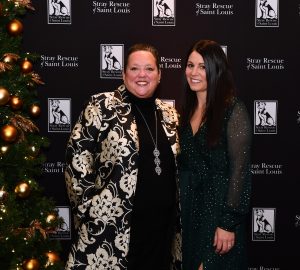Every mother loves the moment her child says ‘mama’ for the first time, but the milestone had extra significance for Ashleigh and her daughter Evynn, who was born with profound hearing loss in both ears. “We were told Evynn possibly just had fluid in her ears or had an infection, but we always had a gut feeling that things weren’t right,” Ashleigh says. They visited multiple health practitioners before getting a definitive answer from Dr. Dary Costa, SLUCare otolaryngologist at SSM Health Cardinal Glennon Children’s Hospital.
 Children born with severe hearing loss don’t have to live with the condition, Costa says. One option is cochlear implants. From the outside, the implant looks like a normal hearing aid and can be removed easily at night. The internal part of the implant goes underneath the skin and is connected by an electric wire to the inner ear. “It takes sound, breaks it down, and sends it to the proper place in the cochlea, which the body interprets as sound,” Costa explains.
Children born with severe hearing loss don’t have to live with the condition, Costa says. One option is cochlear implants. From the outside, the implant looks like a normal hearing aid and can be removed easily at night. The internal part of the implant goes underneath the skin and is connected by an electric wire to the inner ear. “It takes sound, breaks it down, and sends it to the proper place in the cochlea, which the body interprets as sound,” Costa explains.
SLUCare’s Cochlear Implant Program consists of a multidisciplinary team of surgeons, audiologists, speech pathologists and social workers. Besides testing patients to determine whether they’re a good fit for the procedure, the program also provides speech mapping and can help families connect with rehabilitation services. “We have a coordinated effort among our team, and we take a balanced approach in trying to identify who would benefit the most from implants,” Costa says. “Once a child is determined to have severe to profound loss in both ears, we try hearing aids,” he explains. “If the aids don’t help, we then consider them a candidate for surgery.”
Evynn had implants placed in both ears when she was 14 months old. Doing the procedure early can help a child’s speech and language development dramatically, Costa says. “The brain is very moldable at an early age, and the earlier the implant is performed, the better the child will be at listening and understanding,” he explains. “It allows them to form the neural pathways necessary for hearing and speech.”
While cochlear implants have been available for decades to those with profound hearing loss, the requirements for surgery recently have been loosened. “We’re now considering as candidates some children who still have residual hearing,” Costa says. “The goal with these patients is to preserve their natural hearing abilities.”
Now nearly 5 years old, Evynn is preparing to transition from The Moog Center for Deaf Education to kindergarten in her home school district. It has taken Evynn awhile to learn to use the device and live in a world with sound, but it was worth it, her mom says. “It wasn’t long before she was getting up in the morning, pointing to her implants and asking for them to be put on,” she relates. “It’s still amazing to hear her talk. We have an older daughter who is 8, and I don’t think there’s a greater joy than seeing them be able to talk and play together.”
[Pictured on the cover: SLUCare pediatric otolaryngologist Dr. Dary Costa with Evynn. Dr. Costa practices at SSM Health Cardinal Glennon Children’s Hospital. For more information, call 314.268.4010 or visit slucare.edu/cochlear.]
Featured image: SLUCare otolaryngologist Dr. Dary Costa with Evynn
Cover design by Allie Bronsky | Photos courtesy of SLUCare Physician Group







